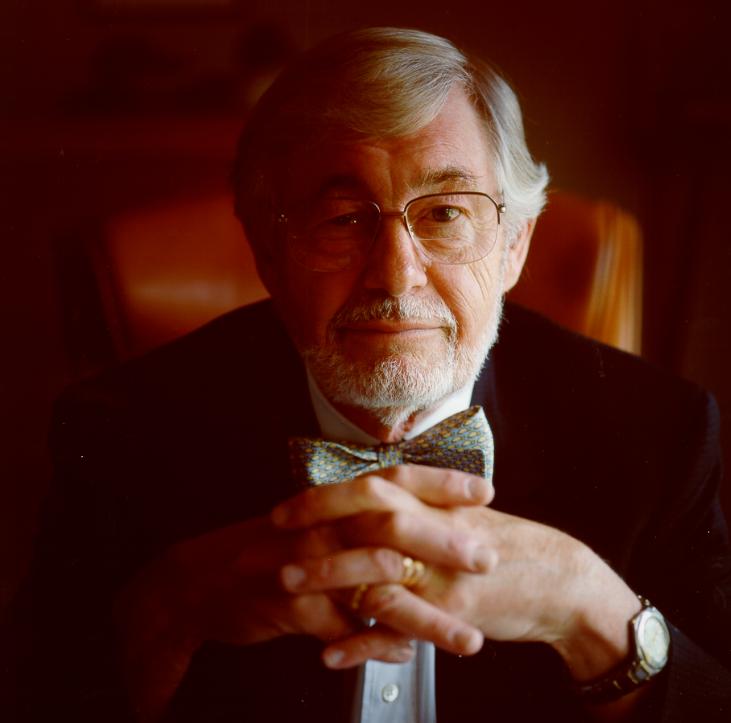- By - Malfaifi
- Posted on
- Posted in Uncategorized, زراعة الاسنان
Osseointegration and its experimental
Brinemark, M.D., Ph.D. 1983

- Separate studies were performed on the healing and anchorage stability of titanium tooth root implants or fixtures of various sizes and designs.
- We found that when such an implant was introduced into the marrow cavity, and following an adequate immobilized healing period, a shell of compact cortical bone was formed around the implant without any apparent soft tissue intervention between normal bone and the surface of the implant…
- Fixed prostheses were connected after an initial healing time of 3 to 4 months without loading
- Radiologic and histologic analyses of the anchoring tissues showed that integration could be maintained for 10 years in dogs with maintained healthy bone tissue and without progressive inflammatory reactions.
- The anchorage capacity of the separate implants was determined as 100 kg in the lower jaw and 30 to 50 kg in the upper jaw.
- Bone anchorage according to the principle of osseointegration might also work in humans, and we treated our first edentulous patients in 1965.
- Clinical long-term follow-up has shown that the grafted bone remains in its prepared shape even in the articular region.
- This will also occur even if the preparation of the implant site provides adequate anatomic congruence between the geometry of the implant and the bone site since both surgical and immediate loading trauma will lead to the formation of a thin layer of connective tissue at the bone-implant interface.
- In order to create osseointegration, the preparation of the bone must be done so that minimal tissue injury is produced.
- Only one shape and dimension of implant should be required, and after 20 years of experimental and clinical development we have selected a screw-shaped implant made of pure titanium. Its dimensions of an outer diameter of 3.7 mm and a length of 10 mm allow its use in almost every edentulous jaw, regardless of the volume and topography of the remaining bone tissue…
- When abutments have been connected by the prosthesis, the jaw bone around the implant remodels over a period of 1 or more years until a “steady state” is reached.
- Sometimes such a soft tissue layer is extremely thin: only a few microns wide. It may then provide a variable short-term anchorage, but in the long run the attachment’s prognosis becomes dubious. The soft tissue layer tends to increase in width; therefore, such a fixture should be removed and eventually replaced…
- When osseointegration has been obtained and the fixtures are subjected to load-bearing under controlled conditions, the placement of the fixtures can be limited to the area between the mental foramina in the lower jaw and between the anterior sinus recesses in the upper jaw.
- Careful and frequent control and adjustment of occlusion are essential.
- The artificial teeth are made of acrylic resin, which tends to compensate for the resilience of the periodontium.
- shows a typical example of a well-functioning integrated upper jaw fixture removed by trephine with surrounding bone after 6 years of clinical function. The bone could not be removed from the (integrated) fixtures without destroying the inter- face.

